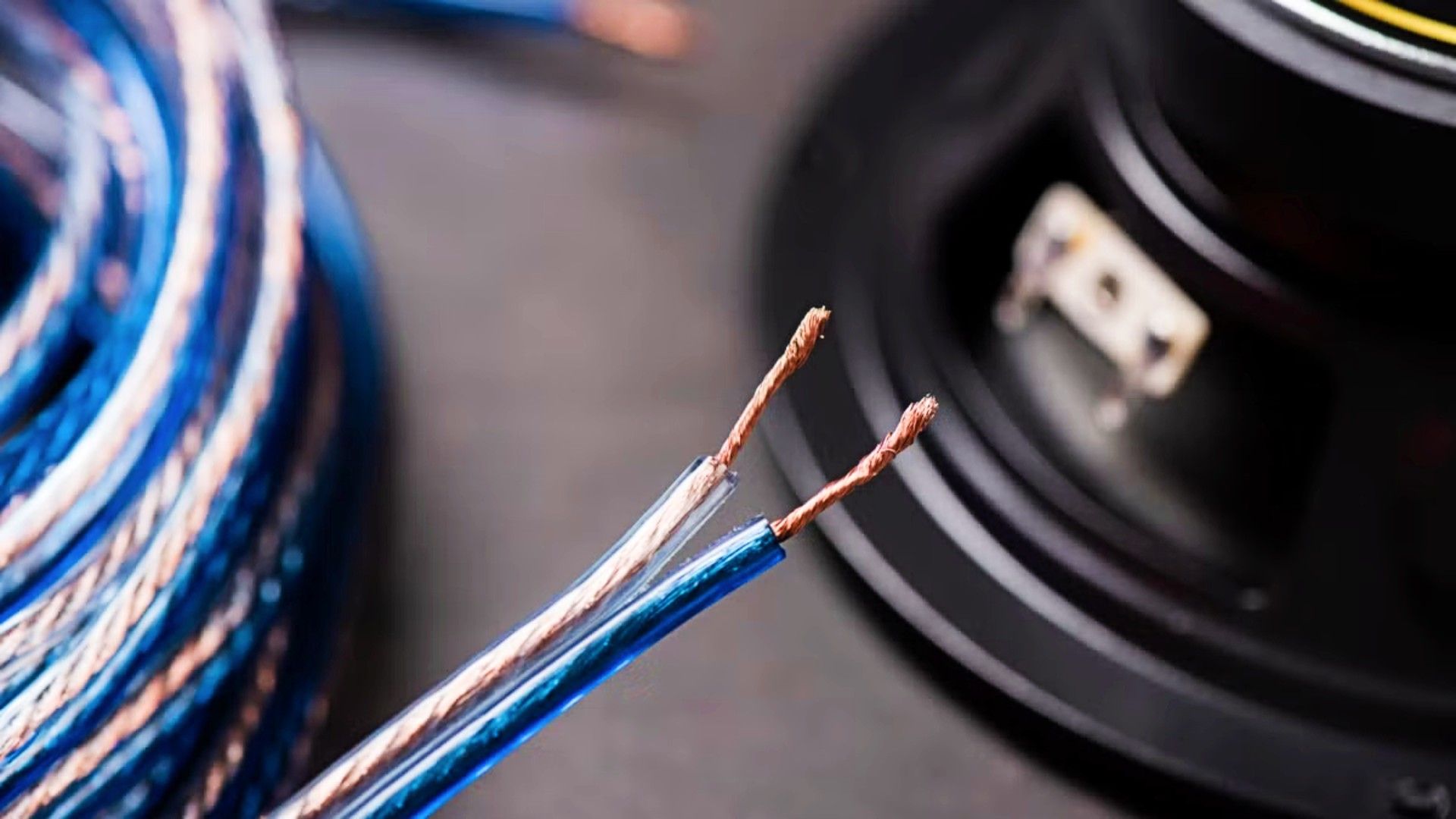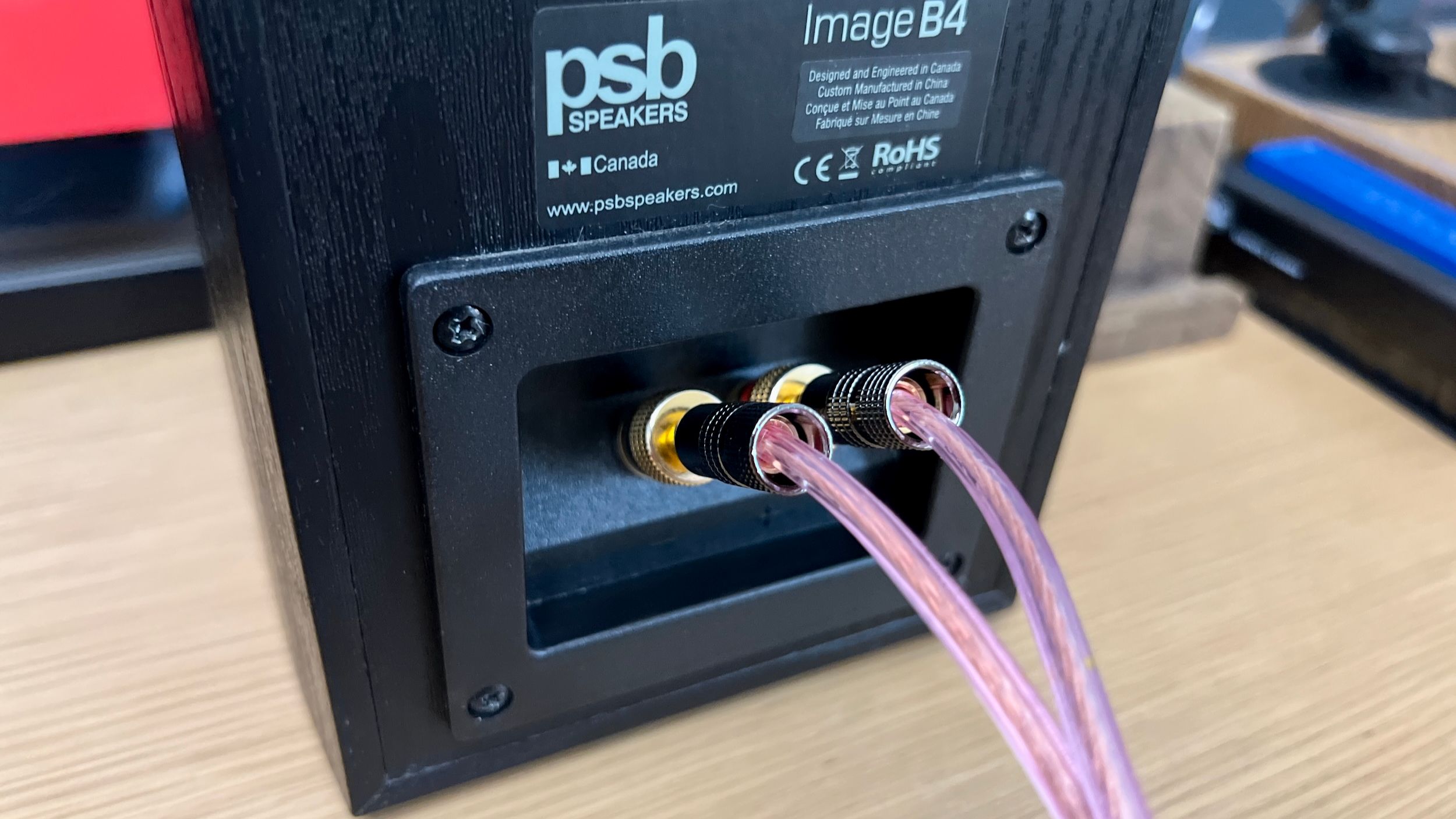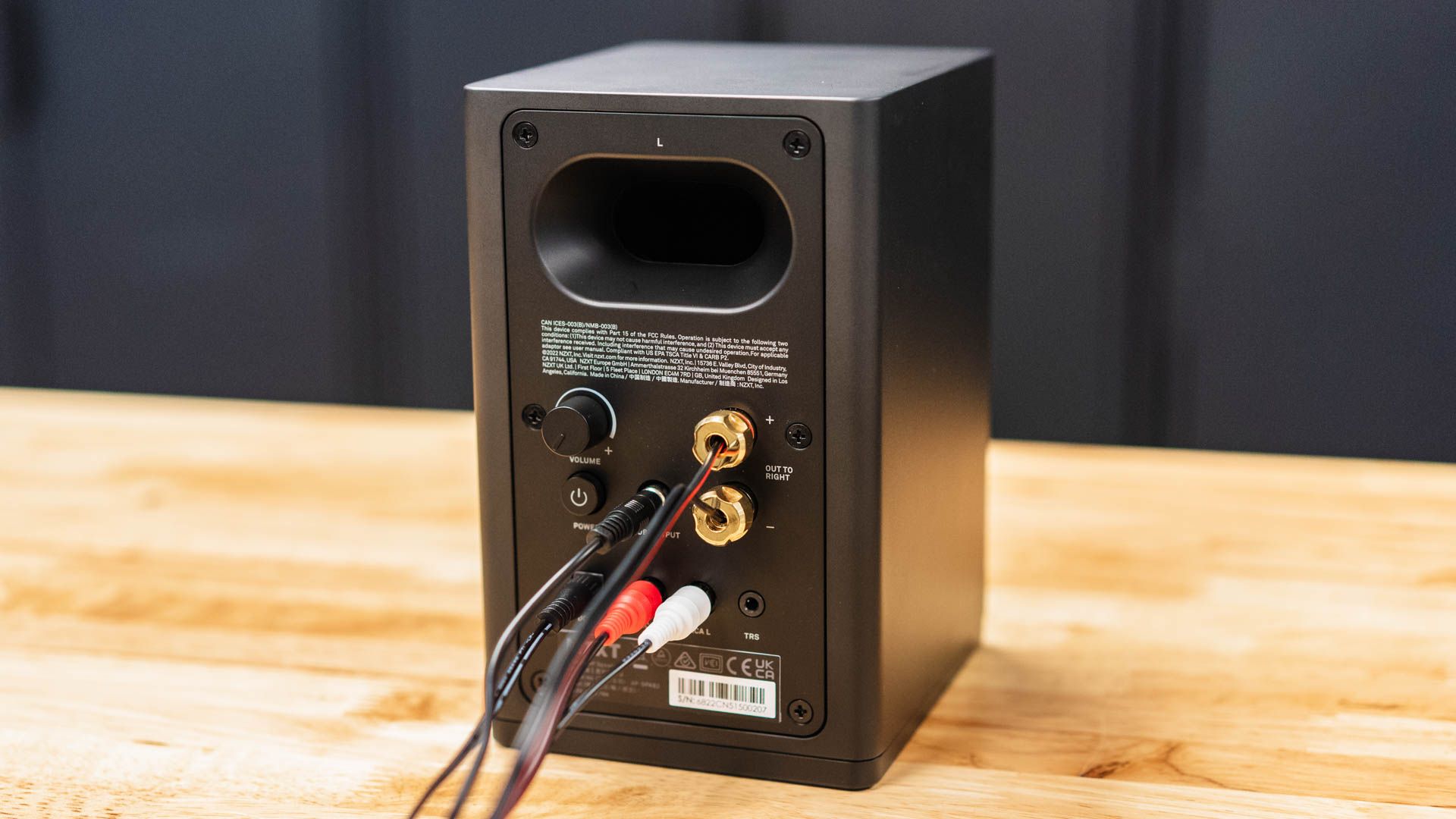How Speaker Wire Can Make Your Speakers Sound Their Best

The journey from a good audio setup to an amazing one often depends on a small but incredibly important detail: speaker wire. This isn’t just an extra part; it’s a key piece of any audio system that connects your amplifier or receiver to your speakers.
The quality of the wire plays a huge role in how accurately your music or movie soundtracks are reproduced. Many audio lovers spend a lot of money on high-quality speakers and powerful amplifiers without realizing that the wire connecting them might hold back their system’s true performance. To get the best sound possible, it’s important to understand what speaker wire does and why it matters.
You Haven’t Unlocked Your Speakers’ True Potential
Speaker wire thickness, also known as a gauge, has so much to do with how good speakers sound. At its most basic, wire gauge refers to how thick or thin a wire is. This thickness affects how easily electricity can flow through it.
Electrical resistance is one of the most important things to consider when choosing speaker wire. Thicker wires have less resistance, which means more of your amplifier’s power can reach the speakers efficiently. On the other hand, thinner wires create more resistance, which blocks some of the power from reaching your speakers.
Losing power this way is a big problem in any sound system because it hurts overall performance. When too much energy turns into heat inside the wire instead of reaching the speakers, it means wasted power and worse sound quality.
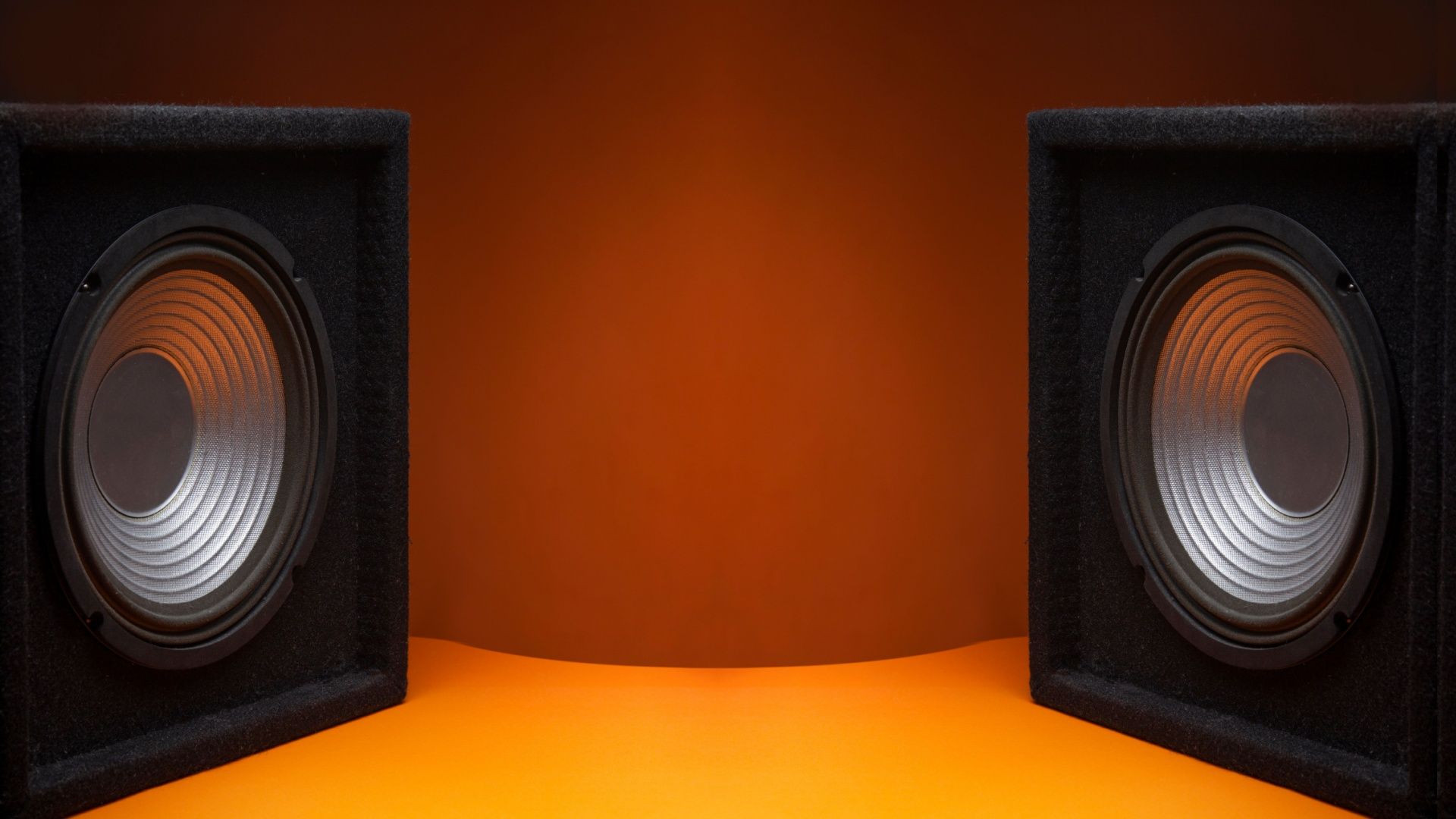
Related
How Room Acoustics Impact Home Theater Sound (and What You Can Do About It)
Your movies will sound better in no time.
The right speaker wire gauge also affects how clear and accurate the audio signal stays. Thicker wires do a better job of carrying the sound signal without losing quality, especially over long distances. They can also handle more power without overheating or distorting, making sure every part of the audio reaches your speakers cleanly.
This is crucial for keeping the sound true to the original recording. Additionally, the wire gauge you choose impacts something called the amplifier’s “damping factor.” This is the amplifier’s ability to control the movement of the speaker cone, which is especially important for bass sounds. A high damping factor, supported by the right wire gauge, helps produce tight, precise bass.
If the wire is too thin, the bass can sound loose and muddy because the amplifier can’t control the speaker as well. Lower resistance in the wire helps the amplifier keep better control over the speakers. Basically, picking the right wire gauge isn’t just a technical detail but a crucial step in getting the best possible sound from your system.
The Science Behind Understanding Wire Gauge
Wire thickness is commonly known as wire gauge. The American Wire Gauge (AWG) system is the standard way to measure a wire’s diameter or thickness, at least in North America.
It works on a scale that might seem backward at first, but the smaller the gauge number, the thicker the wire. For example, a 12 AWG wire is physically thicker than an 18 AWG wire. This relationship follows a logarithmic scale, which means that every time the gauge number goes down by three, the wire’s cross-sectional area roughly doubles, and every time it goes down by six, the wire’s diameter doubles. Also, it’s important to remember that AWG measures just the metal conductor part of the wire, not the outer insulation.
The main scientific reason wire gauge matters is that it directly affects the wire’s electrical resistance. The way I like to think of this is that the electricity moving through a wire is like water flowing through a pipe. If electrons were water, voltage would be the “pressure” in the system, while current would be the amount of water moving. To carry more “water” (electrons), you need a bigger “pipe” (conductor).
Thicker wires, which have lower AWG numbers, naturally have less electrical resistance. This basic trait allows current to flow more efficiently. When current moves through a conductor, some of its energy turns into heat because of resistance. This means that power is lost in the cable instead of being fully sent to the speaker. A wire with lower resistance makes sure more of the amplifier’s electrical power actually reaches its target, which is the speaker’s voice coil.
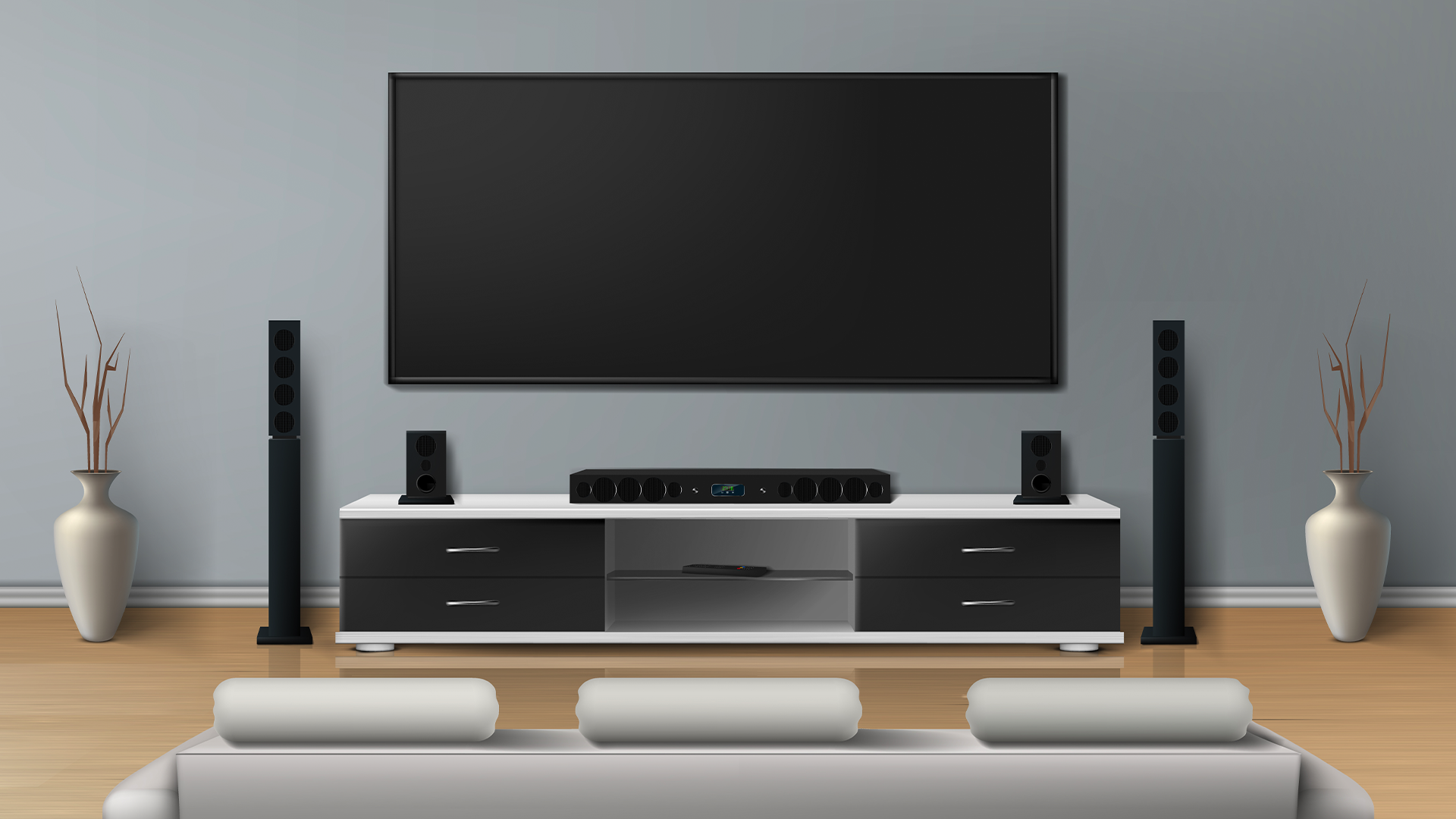
Related
How Often Should You Upgrade Your Home Theater Sound System?
Your equipment probably lasts longer than you think.
Thinner wires, on the other hand, create more electrical resistance. This resistance works against the flow of current, reducing the power that finally gets to the speakers. This effect is called signal loss or insertion loss.
While an amplifier sends an audio signal at a certain voltage, speakers with lower impedance ratings will pull more electrical current. In these cases, thicker wires become even more important to handle the higher current needs without losing too much of the signal. The loss of power due to cable resistance is a key factor in any electrical setup, affecting how efficiently energy is transferred.
When not enough current is delivered, as we mentioned above, it can weaken the accuracy of music playback because the electrical signal sent to the speaker isn’t as strong or as complete as it should be. So, knowing that wire thickness directly relates to electrical resistance and, therefore, to how well the audio signal is transferred, is how you choose the best speaker wiring.
Matching Gauge to Your Setup
Choosing the right speaker wire thickness for your audio setup is not a simple task that works the same for everyone or every speaker. There are plenty of things to think about when choosing from the variety of speaker wire available.
The length of your speaker wire is one of the most important things to consider, because resistance increases as the wire gets longer. You need a thicker wire for longer cables to balance out the higher resistance and avoid losing too much power or signal quality. A good rule of thumb is that keeping the cable running under 50 feet is best for good sound, but even then, thicker wires are usually better as the distance increases.
For example, a 16 AWG wire might work for runs up to 48 feet with 8-ohm speakers, but if the distance is longer, you should use a thicker speaker wire with a lower gauge number. When setting up your system, always measure the exact path the wire will follow, including any turns or obstacles, and add a few extra feet for flexibility and easier installation. For very long distances, such as 50 to 100 feet, a good rule is to go up two gauge sizes in thickness.
The power output of your amplifier also affects which wire gauge you should use. Systems with higher wattage need thicker wires to safely handle the extra electrical current without overheating, causing a fire, or damaging your equipment. Using a wire that is too thin for the power level can lead to power loss and worse sound quality.
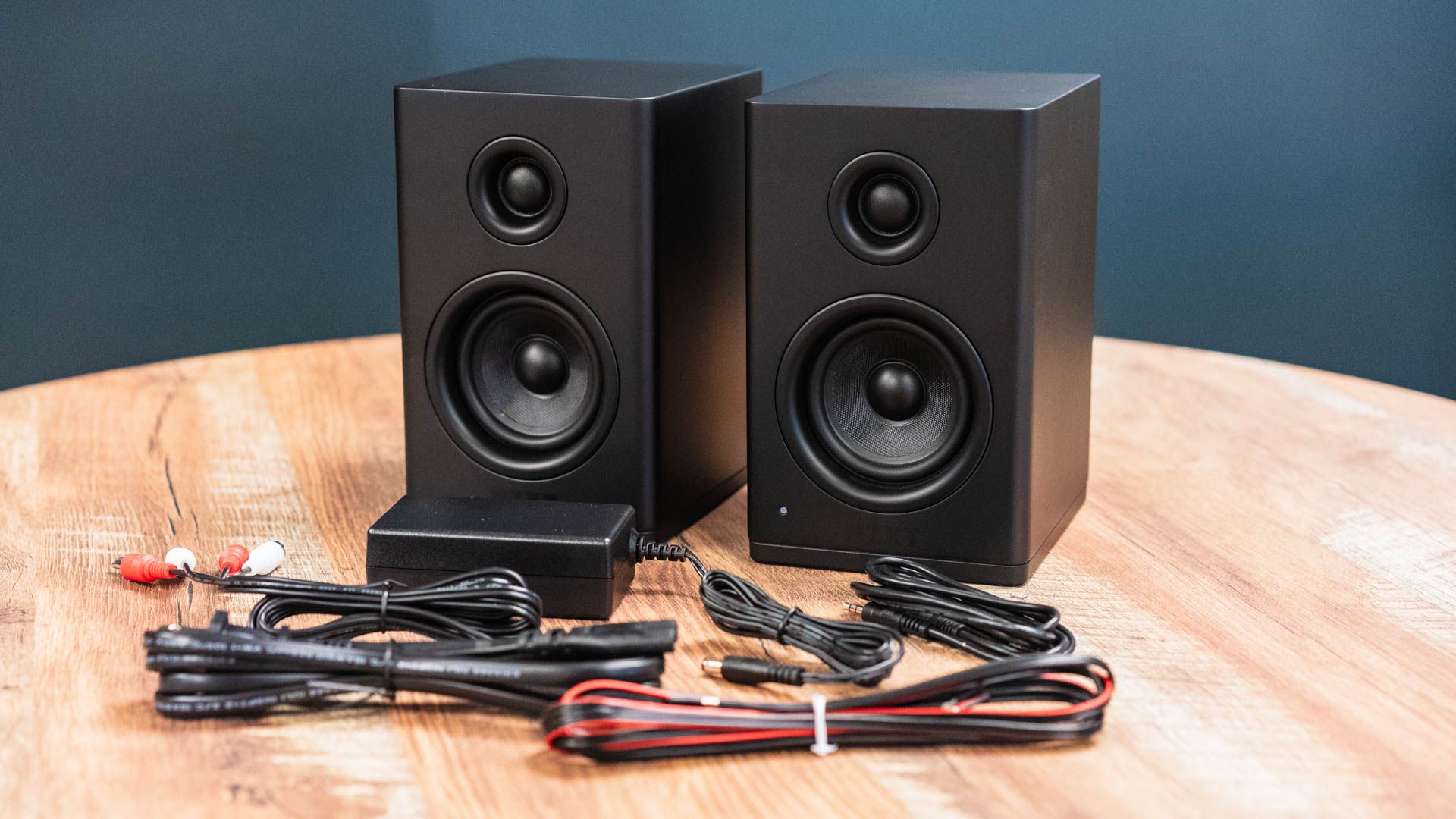
Related
Now that you’ve got all the details to help you choose the right speaker wire gauge, read up on how to manage that nest of cables.
Tips for organizing, differentiating, and troubleshooting speaker wires efficiently.
Finally, the resistance level of your speakers, measured in ohms, plays a big role in choosing the right wire thickness. Speakers with lower resistance (like 4 ohms) pull more electrical current from the amplifier than speakers with higher resistance (like 8 ohms). To handle this extra current without losing too much signal, lower-resistance speakers need thicker wires. A common guideline for speaker impedence is that the total resistance of the speaker wire should not be more than 5% of the speaker’s rated resistance to avoid affecting sound quality.
For the best sound in setups with multiple speakers, like home theaters, it is best to use the same wire thickness for all speakers connected to one amplifier based on the longest wire run. While using thicker wires than needed will not hurt sound quality, it can cost more and make the cables harder to handle.
There’s a Lot More to Speakers Than the Hardware
Beyond the shiny cases and high-tech drivers, how well a speaker system performs really depends on the quality and features of the simple speaker wire that connects it to the amplifier. This part is often ignored, but it is much more than just a basic cable. The wire’s physical traits, like what it’s made of and how it’s built, deeply affect how the electrical signal travels and, in the end, the sound you hear.
The most popular material for speaker wire is copper, which is affordable and conducts electricity well. However, copper can rust when exposed to air, forming copper oxide that weakens connections and increases resistance. This means good insulation is needed to protect the wire.
If you don’t care that much about sound quality, where minor improvements don’t matter, you can get away with cheaper speakers, but I’d never recommend that. Minor boosts add up when you work with multiple wires and cables, which is why speaker wire matters.
For beginners setting up an audio system, understanding the basics of speaker wire gauge, power, and quality is important. Buying the thinnest or cheapest wire might be tempting, but choosing the right thickness is crucial for good sound quality and keeping your system safe and lasting longer.
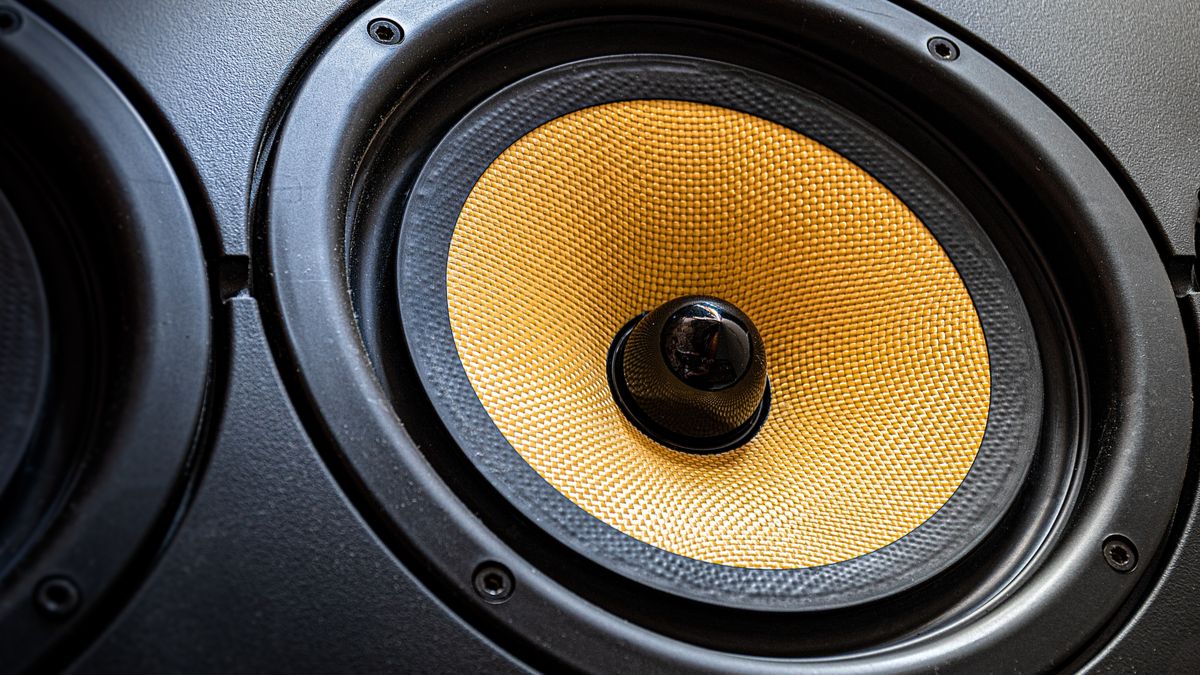
Related
Speaker Impedance: What Are Ohms in Speakers?
This is one factor in matching speakers and amplifiers that you don’t want to get wrong.

